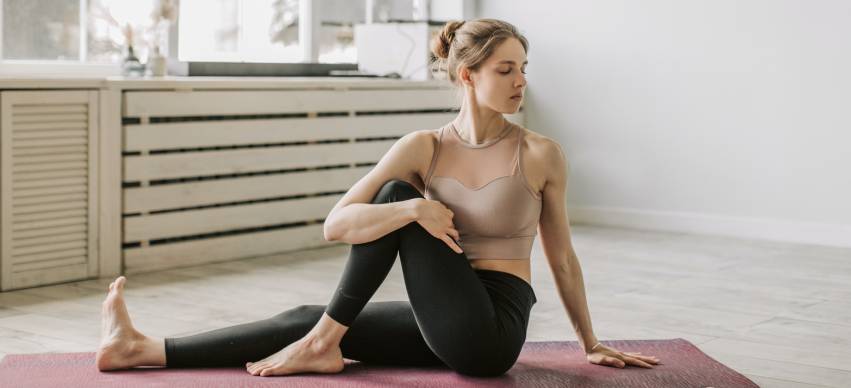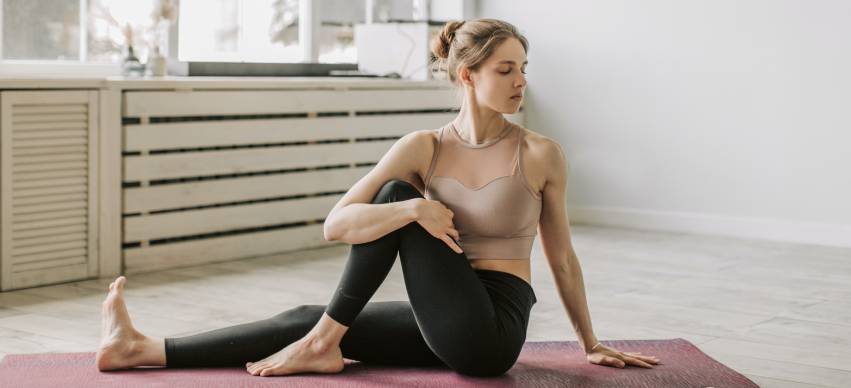What Comprehensive Oral Care Really Looks Like in Modern Den..
11 Min Read


Varicose veins are a common problem for many people. However, they can be especially bothersome for those who like to stay active. But fear not; there are ways to modify your workout routine to make it more friendly. In this article, we will focus on how to create a varicose vein-friendly workout plan. You will learn which exercises to avoid, exercises to incorporate, and lifestyle changes to make.
Before we dive into the workout plan, let's first understand what varicose veins are. Varicose veins are swollen, twisted veins that usually occur in the legs. Varicose veins can cause discomfort, pain and may even increase the risk of blood clots. Some risk factors for developing varicose veins include:
The symptoms of varicose veins can vary and primarily manifest in the legs and feet. According to a vein specialist Dallas “Some of the symptoms that patients can experience are aching, cramping, heaviness, swelling, burning, itching…”
Regular exercise is beneficial for individuals with varicose veins. It can help improve circulation and reduce symptoms such as pain and swelling. Exercise also strengthens the muscles surrounding the veins, which can aid in the proper flow of blood through the veins.
Precautions to take when exercising with varicose veins
It is important to note that you should avoid specific exercises if you have varicose veins. Exercises like running and jumping can put too much pressure on the veins and exacerbate symptoms. Also, you should avoid exercises requiring prolonged standing or sitting periods.
When creating a varicose vein-friendly workout plan, consider the following tips:
Setting realistic goals is important in creating a varicose vein-friendly workout plan. It ensures you progress toward your overall health and fitness goals. Here are some tips to help you set realistic goals:
For example, rather than setting a goal to "exercise more," a specific and measurable goal would be to "walk for 30 minutes, three times per week." This will allow you to track your progress and feel a sense of accomplishment.
Setting too difficult or unrealistic goals can lead to frustration and disappointment. This may cause you to give up on your workout plan. Set a specific deadline for achieving the goal to keep you motivated and keep them on track. A healthcare professional can help you set achievable goals according to your needs and abilities.
Modifying the workout plan as needed is important to accommodate any medical conditions or injuries. This may involve scheduling workouts at a time that is convenient for you. Also, you can find a workout partner for motivation and accountability.
Consider the following tips for structuring your exercise routine:
Start with a warm-up period before beginning any exercise, as this helps to prepare the muscles and reduce the risk of injury. This may involve stretching or performing low-intensity exercises for 5-10 minutes.
When structuring a workout routine, choose exercises that do not put excessive pressure on the veins. The following exercises can help improve circulation and reduce varicose veins symptoms:
It is recommended to perform 5 -10 hours of moderate physical activity per week. Some great options for improving circulation and overall cardiovascular health are:
These exercises help strengthen the muscles surrounding the veins, aiding in the proper blood flow through the veins. It is recommended to perform strength training exercises 2-3 times per week, with at least one rest day in between.
Beneficial strength training exercises for individuals with varicose veins are:
It is recommended to perform flexibility exercises 2-3 times per week. You can do them either on their own or as part of a warm-up or cool-down period. Flexibility exercises that help reduce tension in the muscles and improve blood flood are:
When structuring a varicose vein-friendly training plan, consider including recovery days. Rest allows the body to recover from physical activity and prevents injury. Create a workout plan with rest days and incorporate low-intensity exercise on certain days.
Also, listening to your body and avoiding exercises that cause pain or discomfort is important. Stop immediately and seek medical attention if you experience any of the following symptoms during exercise:
In addition to exercise, there are some lifestyle changes you can make to reduce the symptoms of varicose veins:
Compression stockings can improve circulation and reduce swelling in the legs. They can also help prevent blood clots. Wear compression stockings during exercise and throughout the day.
Elevate your legs above your heart to improve circulation and reduce swelling. Try elevating your legs for 15-20 minutes at a time, several times daily.
Water improves circulation and reduces the risk of blood clots. However, the amount of water needed varies from person to person; there is no universal measure. Listen to your body and avoid dehydration.
Stay active and healthy while managing your varicose veins! Creating a varicose vein-friendly workout plan is all about choosing low-impact exercises, incorporating rest days, and making lifestyle changes. By considering these tips, you can improve circulation and reduce swelling.